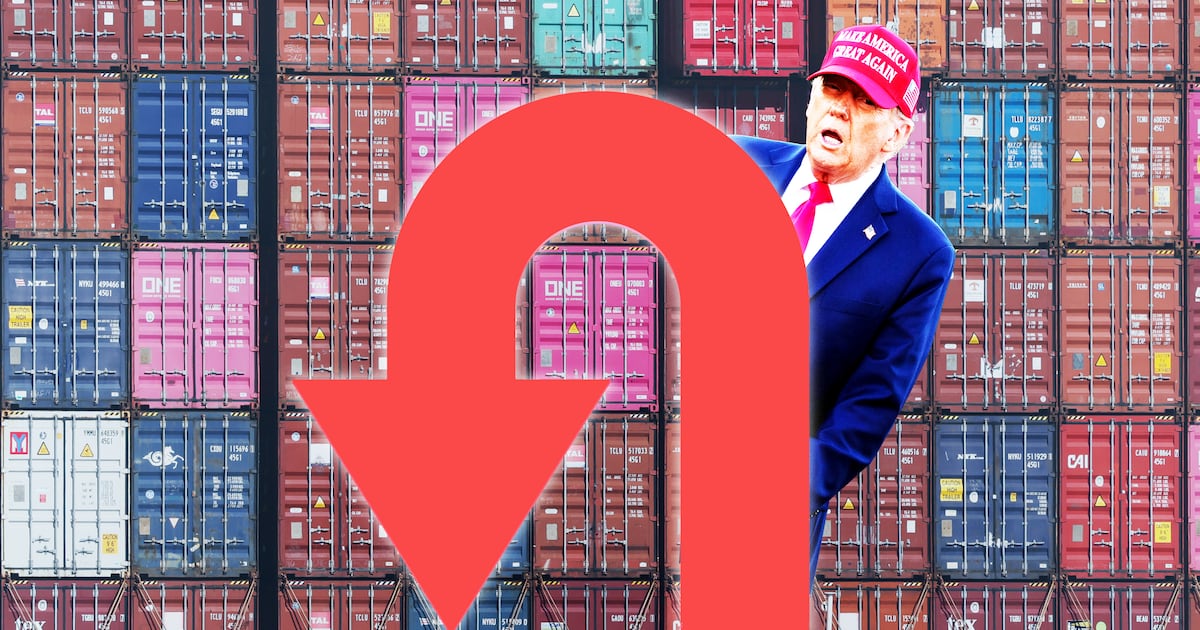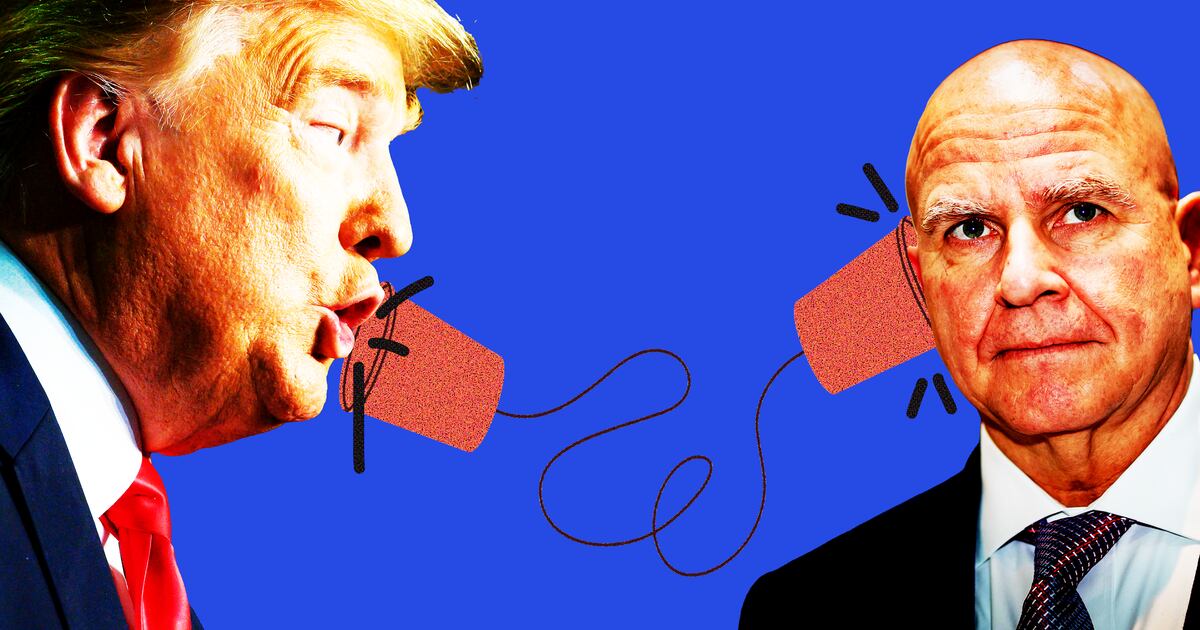The recreational drug Ecstasy muscled its way back into the news over the weekend when the final day of the Electronic Zoo music festival, being held on New York City’s Randall’s Island, was cancelled after the death of two people and the hospitalization of four others due to apparent overdoses of the drug. In most years, NYC sees about 10 overdoses from Ecstasy but this cluster of death and illness fell far outside the normal, prompting the Electric Zoo sponsors to cancel in order to protect their “patrons."

Ecstasy, known as Molly and Mandy among various other nicknames, is the common moniker for the chemical substance 3,4-methylenedioxy-N-methylamphetamine or MDMA. It's been around since Elton and Bianca and Andy and the gang were hanging at Studio 54. In the 40 years since, its use has fluctuated; flaring up and causing trouble, before fading a little, and then slowly working its way back into the late-night, cheap-thrill crowd forever in endless supply in America’s cities.
MDMA, and its various chemical party drug cousins, is at its core just old-fashioned speed – the cause of racing heart and increased blood pressure sometimes so severe that it can cause seizures and coma and even death. But MDMA is an amphetamine with a twist. Attached chemically is a compound in the phenethylamine class of drugs – the phen in the old diet drug, phen-fen, and a recreational drug in its own right. Phenethylamine is a tepid hallucinogen but when mixed with amphetamines creates an empathagenic or entactogenic sensation —a connection to the feelings of others that seems more like the Mother Theresa school of altered consciousness than something promoting more pleasure from music or sex. Whatever—the drug sells—a lot; according to some surveys, 10 to 25 million people have tried the drug in one form or another, often in the context of trying to better enjoy live music.
Though MDMA is once again front and center among street drugs, formal study of Ecstasy and related compounds is thwarted by the same two problems that affect the study of so many medications, legal and otherwise, that affect mood: first, study of people who actually have used the stuff is forever confounded by the fact that such users may also have a long and intimate history of using other similar drugs—from cocaine to crystal meth to whatever. This makes it tough to know which way is up—are they sluggish and depressed from the MDMA or are they the sort of sluggish and depressed person who, trying to escape, has sought out various chemicals de jour? Furthermore normal-ish volunteers who take the medication for money and formal study themselves constitute a strange crowd—straight arrows looking to pick up a buck for being poked and prodded.
But more relevant to the deaths at the Zoo festival, there is always an issue with knowing what you are buying whenever you buy illegal drugs. From Jimi Hendrix to Alex Rodriguez, people who are said to traffic in the illicit are stuck with getting whatever's on offer—the transactions are conducted far outside the dull methodical reach of the American FDA, much less the service with a smile from your friendly neighborhood pharmacist.
There are countless similarities between the entire American way of medicating and overmedicating its public; between the white market of brisk professionals counting pills behind the Plexiglas window at your local drug store as if they were dealing cards in Vegas and the phantom nighthawks who populate the black market. There is the same insatiable profit motive, the same relentless search for more and more people to take more and more medications, the same team of super-friendly salesmen and sharks to lure in the unsuspected, using free samples and easy access to the first few tastes to hook in another rube.
But there is one screaming difference between the two—a difference that may have resulted in the deaths of two young people on Randall’s Island. Safety. We tolerate the intrusion of the FDA and the pharmacist because we know the product in the-tough-to-open-thin brown bottle will be the right dose in the right amount and will not have sat on the back shelf for years and years. In contrast, what is sold as MDMA might be MDMA—or might be something else stronger and richer and more addictive than what you had in mind. Regulation—that dirtiest of all dirty words—is what makes the difference: it assures that the pill in your mouth, the one you bought on your insurance plan, no matter how ill-advised, might give you an upset stomach or a bit of a headache but, if taken as directed, will not kill you.
In contrast, the Molly or Mandy taken on Randall’s Island, contained god-knows-what—a drug sold on the sly by people unqualified to dispense to people too naïve to doubt. Our continued insistence that ignoring the problem will make it go away has once again claimed lives; and the approach will keep on killing until a sensible approach is developed to controlling the vast and lucrative, if repulsive, field of now-illicit drugs





